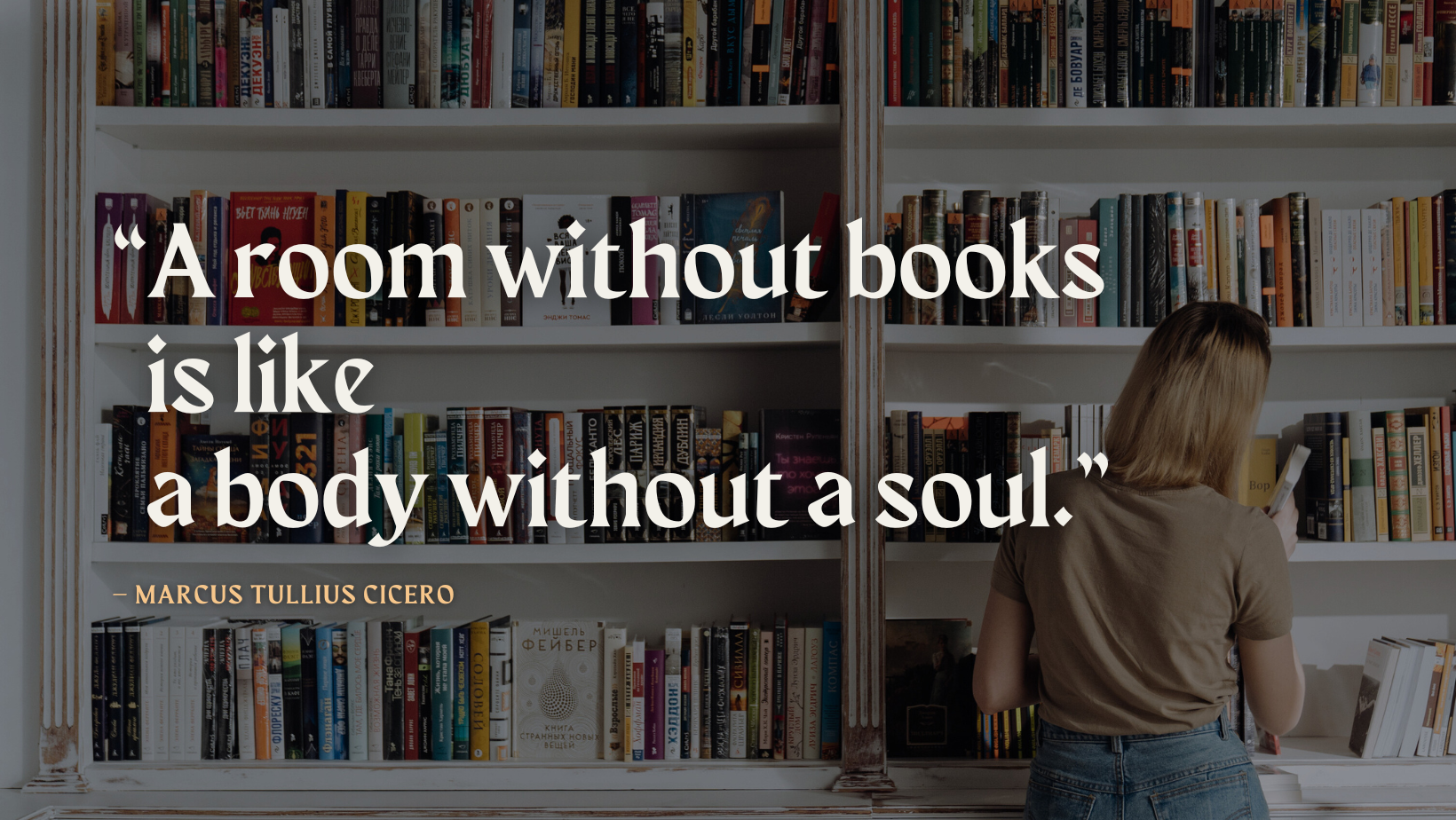Books are not just sources of information; they are gateways to worlds unknown, mentors in times of need, and companions in our quest for wisdom.
Over the course of my career, I’ve had the privilege of encountering numerous books that have shaped my perspectives, honed my skills, and guided my principles. These books have been more than just reads; they’ve been the building blocks of who I am today.
My hope is that this collection serves as a beacon for those navigating their own journey of self-discovery and professional growth. Within these pages lie insights and wisdom to challenge your perspectives, inspire innovation, and encourage a deeper understanding of the world around us. This is more than a list of books; it’s an invitation to embark on a transformative journey that could not only reshape your professional landscape but also enrich your personal philosophy.
I invite you to open your mind to the possibilities, let these narratives challenge and change you, and may they guide you to new horizons in both your career and life. Welcome to a curated pathway through the literature that has sculpted my life’s journey, ready to influence and inspire your own.
Categories
- Simon Sinek – Inspiring & Life Changing
- Don Norman – Design Obsession
- Design Thinking & Exploration
- Management – People & Processes
- Product Management & Product Stories
Simon Sinek – Inspiring & Life Changing Books
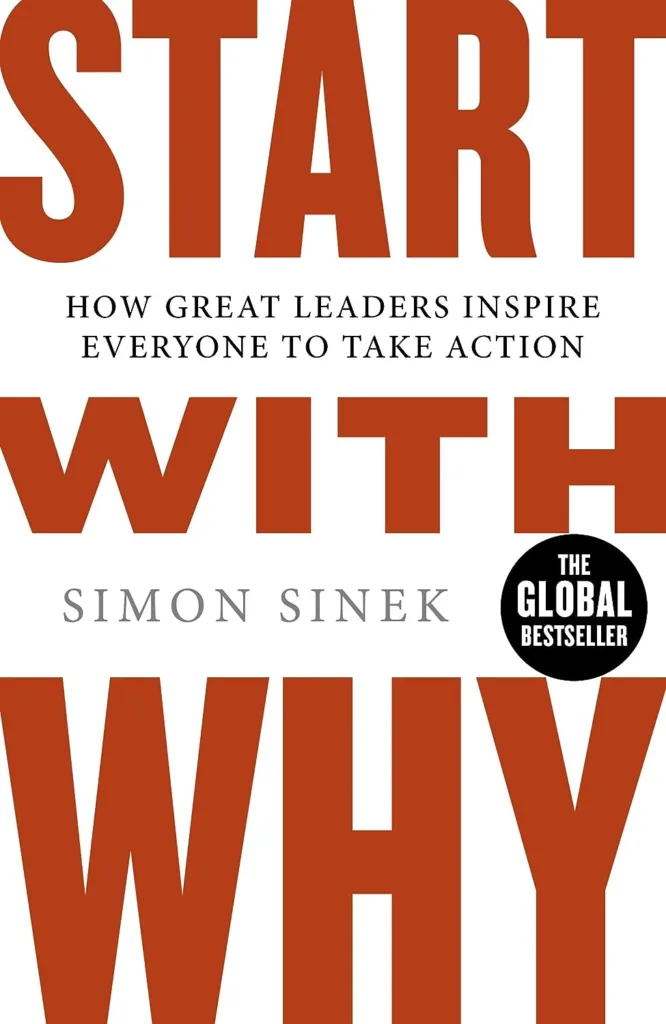
Start With Why
In 2009, Simon Sinek started a movement to help people become more inspired at work, and in turn inspire their colleagues and customers. Since then, millions have been touched by the power of his ideas, including more than 28 million who’ve watched his TED Talk based on START WITH WHY — the third most popular TED video of all time.
START WITH WHY shows that the leaders who’ve had the greatest influence in the world all think, act, and communicate the same way — and it’s the opposite of what everyone else does. Sinek calls this powerful idea The Golden Circle, and it provides a framework upon which organizations can be built, movements can be led, and people can be inspired. And it all starts with WHY.
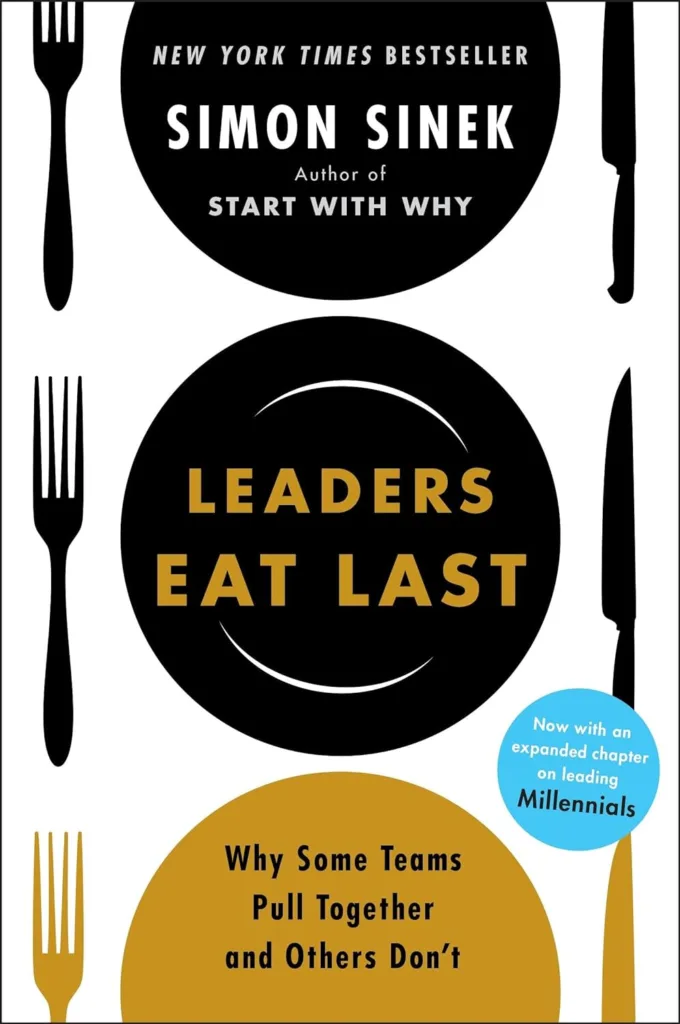
Leaders Eat Last: Why Some Teams Pull Together and Others Don’t
Too many workplaces are driven by cynicism, paranoia, and self-interest. But the best ones foster trust and cooperation because their leaders build what Sinek calls a “Circle of Safety” that separates the security inside the team from the challenges outside.
The answer became clear during a conversation with a Marine Corps general. “Officers eat last,” he said. Sinek watched as the most junior Marines ate first while the most senior Marines took their place at the back of the line. What’s symbolic in the chow hall is deadly serious on the battlefield: Great leaders sacrifice their own comfort–even their own survival–for the good of those in their care.

The Infinite Game
How do we win a game that has no end? Finite games, like football or chess, have known players, fixed rules and a clear endpoint. The winners and losers are easily identified. Infinite games, games with no finish line, like business or politics, or life itself, have players who come and go. The rules of an infinite game are changeable while infinite games have no defined endpoint. There are no winners or losers—only ahead and behind. The question is, how do we play to succeed in the game we’re in?
In this revelatory book, Simon Sinek offers a framework for leading with an infinite mindset. On one hand, none of us can resist the fleeting thrills of a promotion earned or a tournament won, yet these rewards fade quickly. In pursuit of a Just Cause, we will commit to a vision of a future world so appealing that we will build it week after week, month after month, year after year. Although we do not know the exact form this world will take, working toward it gives our work and our life meaning.
Leaders who embrace an infinite mindset build stronger, more innovative, more inspiring organizations. Ultimately, they are the ones who lead us into the future.
Don Norman – Design Obsession

The DESIGN of EVERYDAY THINGS
The book “The Design of Everyday Things” by Don Norman profoundly impacted my early life post-graduation, serving as a bridge to understanding the intricacies of human psychology through the lens of design. This groundbreaking work illuminated the significance of designing with human experience at the forefront, challenging me to look beyond the surface of how things appear to why they work the way they do—or, often, why they don’t. Norman’s insights into the cognitive aspects of design and the importance of intuitive interfaces reshaped my approach to problem-solving, making it evident that effective design is not just about aesthetics but about creating solutions that address real human needs. This book was a starter kit into the world of human-centered design, embedding in me a deep appreciation for the psychology behind user experiences and the profound impact thoughtful design can have on everyday life.
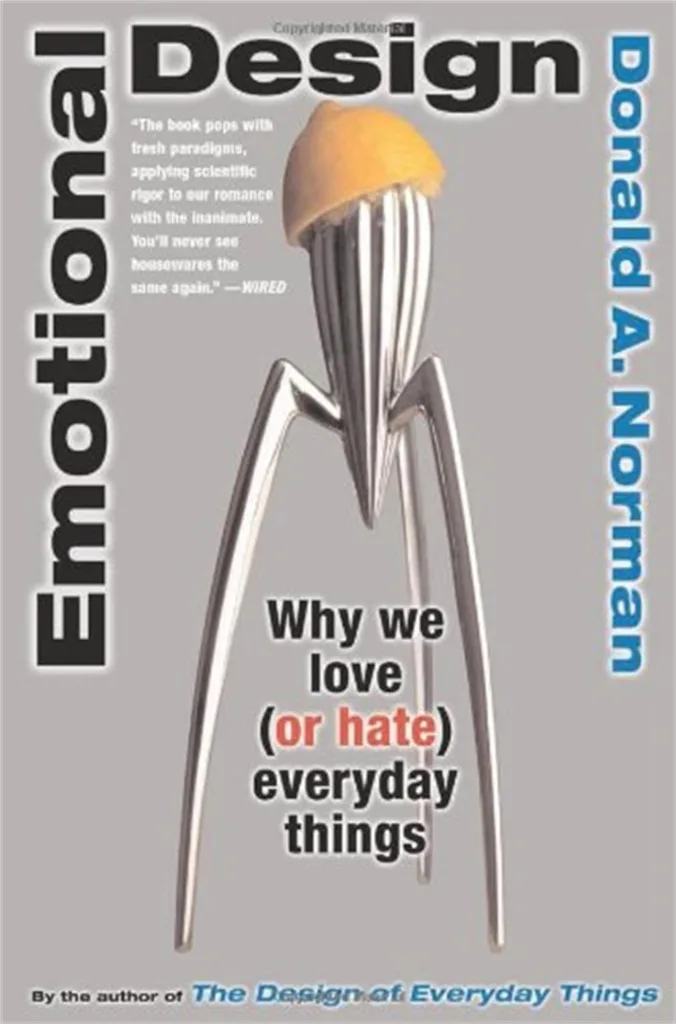
Emotional Design
Why attractive things work better and other crucial insights into human-centered designEmotions are inseparable from how we humans think, choose, and act. In Emotional Design, cognitive scientist Don Norman shows how the principles of human psychology apply to the invention and design of new technologies and products.

Living with Complexity
Norman gives us a crash course in the virtues of complexity. Designers have to produce things that tame complexity. But we too have to do our part: we have to take the time to learn the structure and practice the skills. This is how we mastered reading and writing, driving a car, and playing sports, and this is how we can master our complex tools.
Complexity is good. Simplicity is misleading. The good life is complex, rich, and rewarding — but only if it is understandable, sensible, and meaningful.
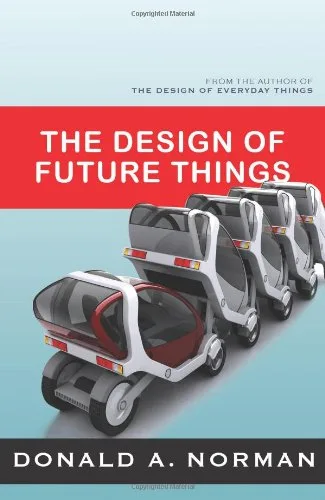
The Design of Future Things
Donald A. Norman, has seen the future and is worried. In this long-awaited follow-up to The Design of Everyday Things, he points out what’s going wrong with the wave of products just coming on the market and some that are on drawing boards everywhere-from “smart” cars and homes that seek to anticipate a user’s every need, to the latest automatic navigational systems.
This is a consumer-oriented look at the perils and promise of the smart objects of the future, and a cautionary tale for designers of these objects-many of which are already in use or development.

Design for a Better World
Norman proposes a new way of thinking, one that recognizes our place in a complex global system where even simple behaviors affect the entire world. He identifies the economic metrics that contribute to the harmful effects of commerce and manufacturing and proposes a recalibration of what we consider important in life. His experience as both a scientist and business executive gives him the perspective to show how to make these changes while maintaining a thriving economy.
Design Thinking & Exploration Books
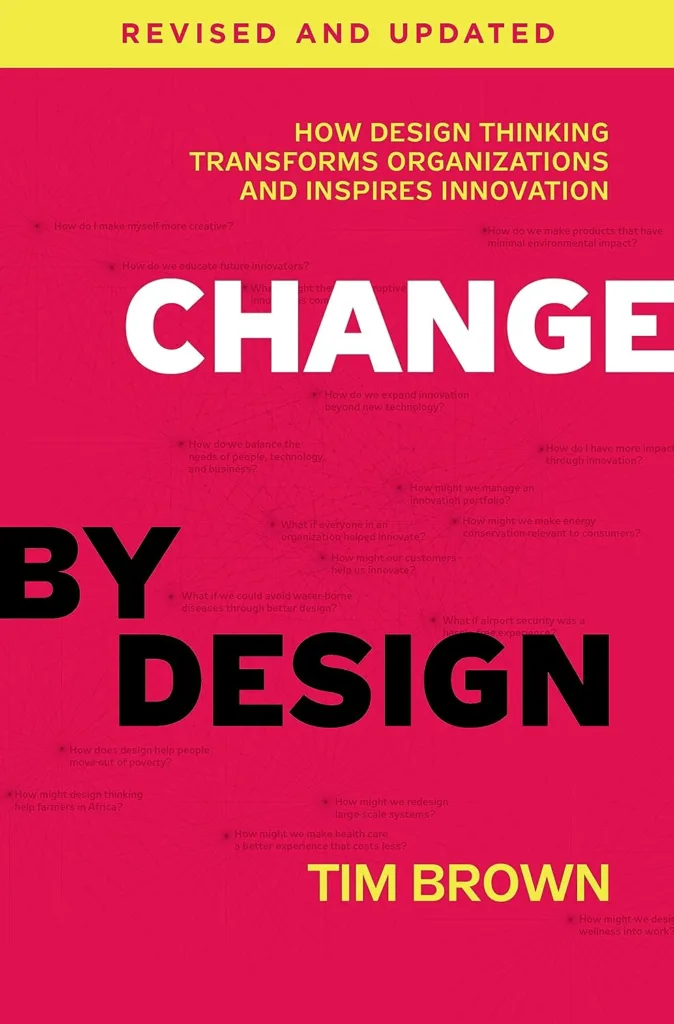
Change by Design: How Design Thinking Transforms Organizations and Inspires Innovation
The subject of “design thinking” is the rage at business schools, throughout corporations, and increasingly in the popular press—due in large part to the work of IDEO, a leading design firm, and its celebrated CEO, Tim Brown, who uses this book to show how the techniques and strategies of design belong at every level of business.
The myth of innovation is that brilliant ideas leap fully formed from the minds of geniuses. The reality is that most innovations come from a process of rigorous examination through which great ideas are identified and developed before being realized as new offerings and capabilities.

The Art of Innovation: Lessons in Creativity from IDEO
IDEO doesn’t buy into the myth of the lone genius working away in isolation, waiting for great ideas to strike. Kelley believes everyone can be creative, and the goal at his firm is to tap into that wellspring of creativity in order to make innovation a way of life.
IDEO fosters an atmosphere conducive to freely expressing ideas, breaking the rules, and freeing people to design their own work environments. IDEO’s focus on teamwork generates countless breakthroughs, fueled by the constant give-and-take among people ready to share ideas and reap the benefits of the group process. IDEO has created an intense, quick-turnaround, brainstorm-and-build process dubbed “the Deep Dive.”
The Art of Innovation will provide business leaders with the insights and tools they need to make their companies the leading-edge, top-rated stars of their industries.

The Laws of Simplicity: Design, Technology, Business, Life
The iPod’s clean gadgetry has made simplicity hip. But sometimes we find ourselves caught up in the simplicity paradox: we want something that’s simple and easy to use, but also does all the complex things we might ever want it to do. In The Laws of Simplicity, John Maeda offers ten laws for balancing simplicity and complexity in business, technology, and design—guidelines for needing less and actually getting more.
Maeda—a professor in MIT’s Media Lab and a world-renowned graphic designer—explores the question of how we can redefine the notion of “improved” so that it doesn’t always mean something more, something added on.

Designing Design
In Designing Design, Kenya Hara impresses upon the reader the importance of emptiness in both the visual and philosophical traditions of Japan, and its application to design, made visible by means of numerous examples from his own work: Hara for instance designed the opening and closing ceremony programs for the Nagano Winter Olympic Games 1998. In 2001, he enrolled as a board member for the Japanese label MUJI and has considerably moulded the identity of this successful corporation as communication and design advisor ever since. Kenya Hara, alongside Naoto Fukasawa one of the leading design personalities in Japan, has also called attention to himself with exhibitions such as Re-Design: The Daily Products of the 21st Century of 2000.

WHITE
“White” is not a book about colors. It is rather Kenya Hara’s attempt to explore the essence of “White”, which he sees as being closely related to the origin of Japanese aesthetics – symbolizing simplicity and subtlety.
The central concepts discussed by Kenya Hara in this publication are emptiness and the absolute void. Kenya Hara also sees his work as a designer as a form of communication. Good communication has the distinction of being able to listen to each other, rather than to press one’s opinion onto the opponent. Kenya Hara compares this form of communication with an “empty container”. In visual communication, there are equally signals whose signification is limited, as well as signals or symbols such as the cross or the red circle on the Japanese flag, which – like an “empty container” – permit every signification and do not limit imagination. Not alone the fact that the Japanese character for white forms a radical of the character for emptiness has prompted him the closely associate the color white with emptiness.

Well-Designed: How to Use Empathy to Create Products People Love
A new way to create and then disrupt.
Industry disruption is no longer isolated to a unique product or service. Today’s consumer needs engagement in order to be swayed to interact, connect and buy your next offering. Achieve this and you’ll achieve success. Sharp and refreshing, design insider and expert Jon Kolko offers a new view and usable process for conceiving and building powerful, emotionally resonant new products in this new book.
In Well-Designed, Kolko – VP at MyEdu and Founder and Director of the Austin Center for Design–shows how deep, meaningful engagement happens when products and services are delivered in an authentic way, when consumers see them less like manufactured artifacts and more like good friends. The key is empathy-driven design thinking, using a process of storytelling and iteration, with results that provoke emotion, change behavior and create deep engagement.
Management – People & Processes Books

The Personal MBA
From the basics of products, sales & marketing and finance to the nuances of human psychology, teamwork and creating systems, this book distill what you need to know to take on the MBA graduates and win. It teaches simple mental models for every subject that’s key to commercial success.

Engineering Management for the Rest of Us
It can be very tough for those of us who didn’t go into Engineering with the distinct concept that we would become managers, but still want to do our best to support our teams.
There seem to be millions of articles and “how to”s on programming and only a handful of resources on Engineering Management- why? It’s very tough to talk about something that involves people processes. People are non-deterministic. Working relationships are nuanced, communication is linked with individual values, motivations, power dynamics, and skills. People also have a range of experiences and emotions that are not consistent day-to-day.
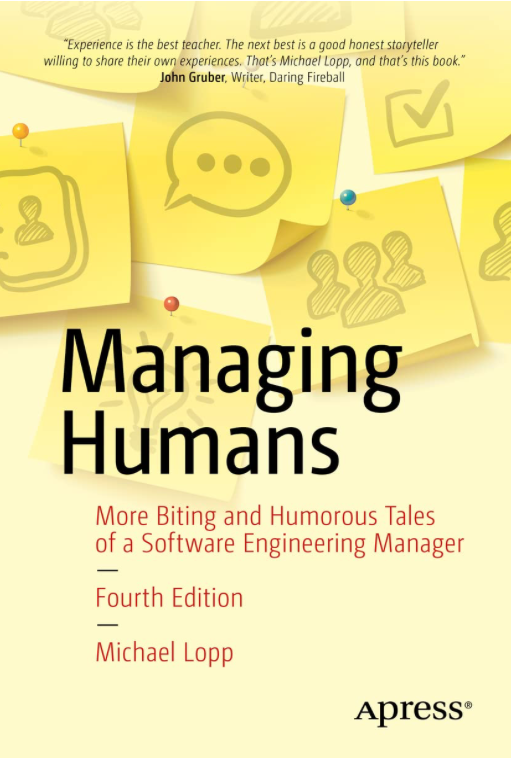
Managing Humans
The education of a great leader never stops, and Lopp applies crucial insights to help continue your never-ending leadership education. Whether it is approaching a myriad of engineering personalities or handling unexpected conflict, you will come away with the wisdom to handle any team situation.
The engineering culture of a company can determine the difference between a product’s ultimate success or failure. Managing Humans is here to guide managers and aspiring managers into the intimidating world of people and their vastly different personalities. Handle conflict, infuse innovation into your approach, and be the most confident manager you can be after reading this book.

Elegant Puzzle: Systems of Engineering Management
There’s a saying that people don’t leave companies, they leave managers. Management is a key part of any organization, yet the discipline is often self-taught and unstructured. Getting to the good solutions for complex management challenges can make the difference between fulfillment and frustration for teams―and, ultimately, between the success and failure of companies.
Will Larson’s An Elegant Puzzle focuses on the particular challenges of engineering management―from sizing teams to handling technical debt to performing succession planning―and provides a path to the good solutions. Drawing from his experience at Digg, Uber, and Stripe, Larson has developed a thoughtful approach to engineering management for leaders of all levels at companies of all sizes. An Elegant Puzzle balances structured principles and human-centric thinking to help any leader create more effective and rewarding organizations for engineers to thrive in.
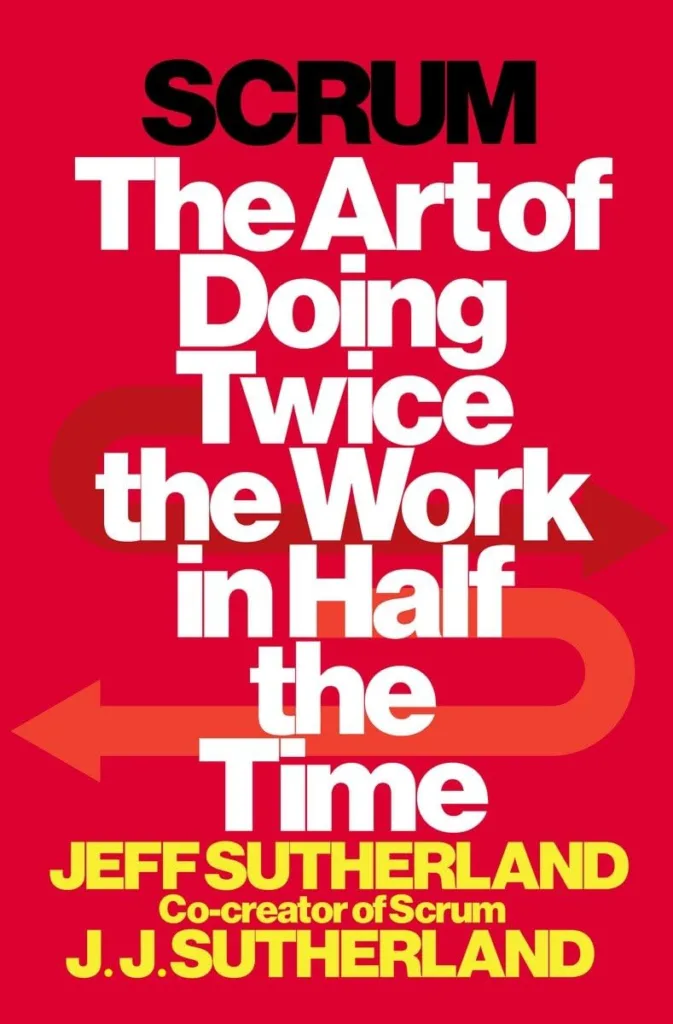
Scrum: The Art of Doing Twice the Work in Half the Time
If you’ve ever been startled by how fast the world is changing, Scrum is one of the reasons why. Productivity gains of as much as 1200% have been recorded, and there’s no more lucid – or compelling – explainer of Scrum and its bright promise than Jeff Sutherland, the man who put together the first Scrum team more than twenty years ago.
In this book you’ll journey to Scrum’s front lines where Jeff’s system of deep accountability, team interaction, and constant iterative improvement is. Woven with insights from martial arts, judicial decision making, advanced aerial combat, robotics, and many other disciplines, Scrum is consistently riveting. But the most important reason to read this book is that it may just help you achieve what others consider unachievable
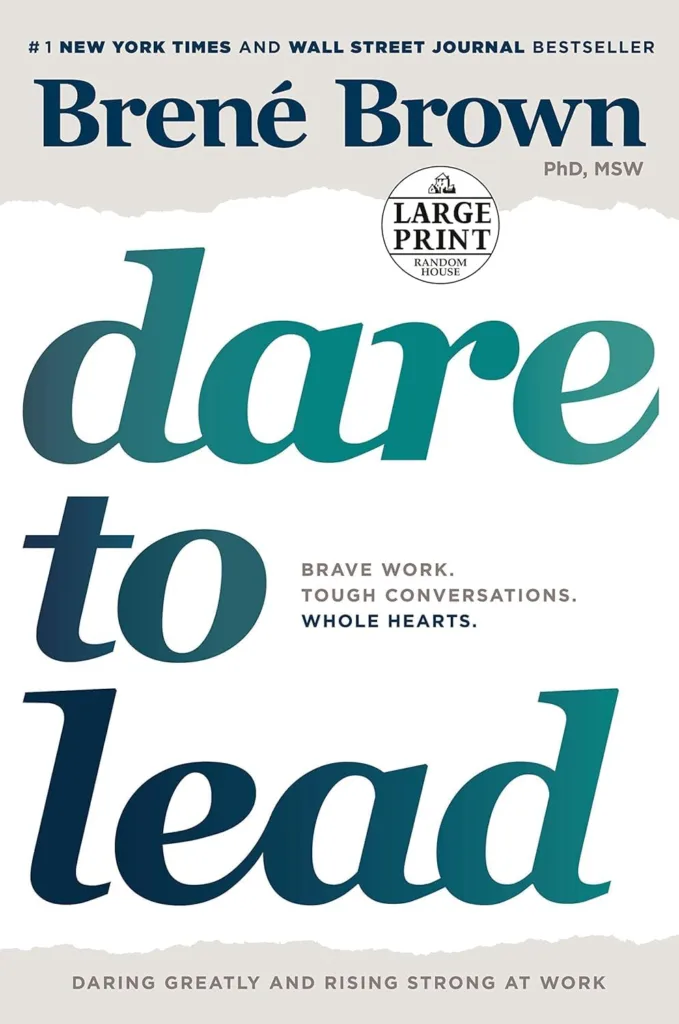
Dare to Lead
Dare to Lead by Brené Brown is a leadership book that emphasizes the importance of vulnerability and empathy in the workplace. It presents research-backed strategies for cultivating trust, resilience, and collaboration in teams, and encourages readers to embrace their humanity as leaders.

The Coaching Habit: Say Less, Ask More & Change the Way You Lead Forever
The Coaching Habit book is NOT about turning you into a coach It’s about making you a leader, a manager, a human being who’s more coach-like. This means building this simple but difficult new habit: Stay curious a little longer, rush to action and advice-giving a little more slowly.
The Coaching Habit book summary.
- There are 7 coaching habit questions that cover the majority of situations a manager might find themselves in.
- For a manager to become an effective coach they need to build new habits. To begin with, it will be unnatural and difficult to ask rather than tell.
- Coaching should be a daily, informal act, not an occasional, formal “It’s Coaching Time!” event.
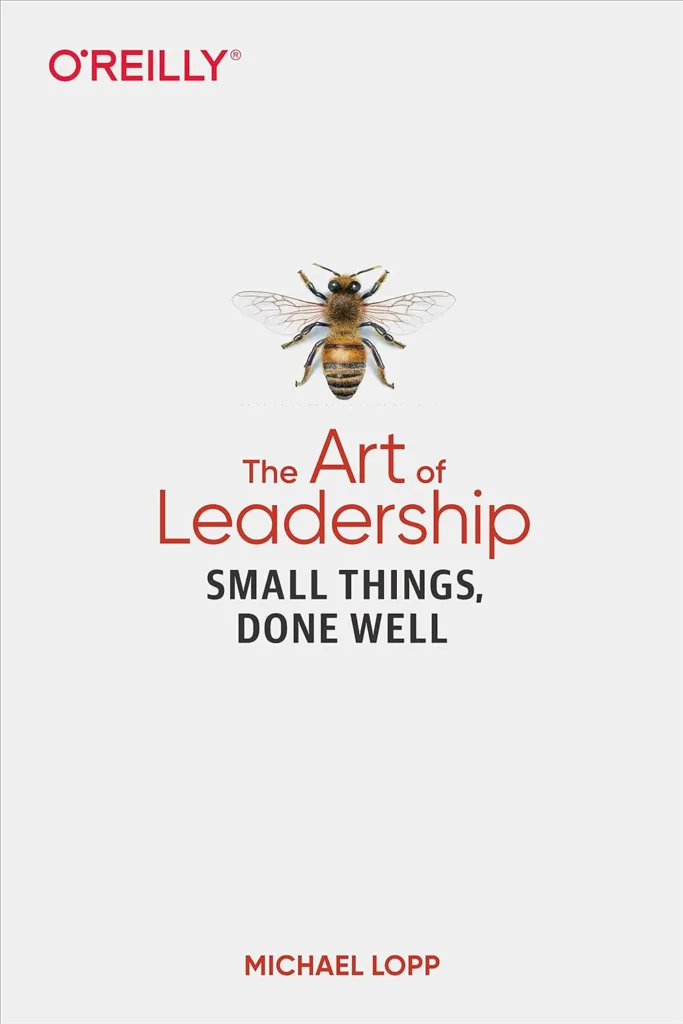
The Art of Leadership: Small Things, Done Well
Many people think leadership is a higher calling that resides exclusively with a select few who practice and preach big, complex leadership philosophies. But as this practical book reveals that what’s most important for leadership is principled consistency. Time and again, small things done well build trust and respect within a team.
Using stories from his time at Netscape, Apple, and Slack, Michael Lopp presents a series of small but compelling practices to help you build leadership skills. You’ll learn how to create teams that are highly productive, highly respected, and highly trusted.
Product Management & Product Story Books

Hooked: How to Build Habit-Forming Products
Why do some products capture our attention while others flop? What makes us engage with certain things out of sheer habit? Is there an underlying pattern to how technologies hook us? In this book, Nir Eyal answers these questions with his years of research, consulting, and practical experience. It also provides readers with practical insights.

Revolution in The Valley: The Insanely Great Story of How the Mac Was Made
There was a time, not too long ago, when the typewriter and notebook ruled, and the computer as an everyday tool was simply a vision. Revolution in the Valley traces this vision back to its earliest roots: the hallways and backrooms of Apple, where the groundbreaking Macintosh computer was born. The book traces the development of the Macintosh, from its inception as an underground skunkworks project in 1979 to its triumphant introduction in 1984 and beyond.
The stories in Revolution in the Valley come on extremely good authority. That’s because author Andy Hertzfeld was a core member of the team that built the Macintosh system software, and a key creator of the Mac’s radically new user interface software. One of the chosen few who worked with the mercurial Steve Jobs, you might call him the ultimate insider.

Insanely Simple: The Obsession That Drives Apple’s Success
To Steve Jobs, Simplicity wasn’t just a design principle. It was a religion and a weapon. The obsession with Simplicity is what separates Apple from other technology companies. This title reveals the ten elements of Simplicity that have driven Apple’s success – which you can use to propel your own organization.
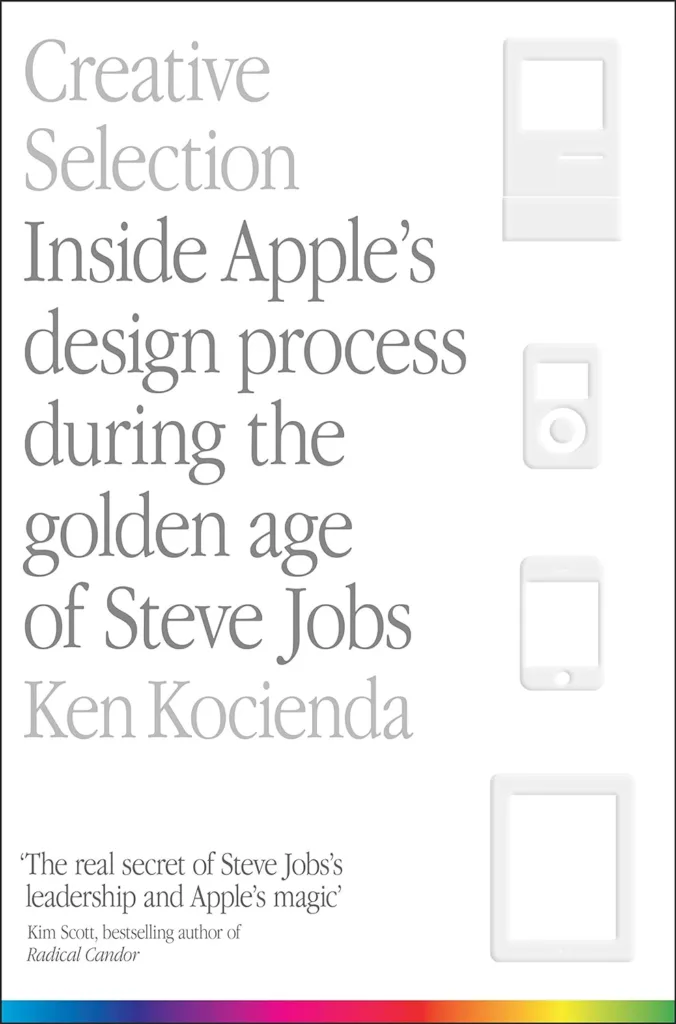
Creative Selection: Inside Apple’s Design Process During the Golden Age of Steve Jobs
To Steve Jobs, Simplicity wasn’t just a design principle. It was a religion and a weapon. The obsession with Simplicity is what separates Apple from other technology companies. This title reveals the ten elements of Simplicity that have driven Apple’s success – which you can use to propel your own organization.
more coming soon…
